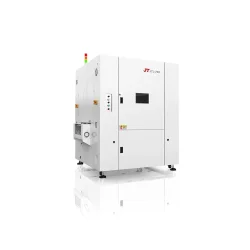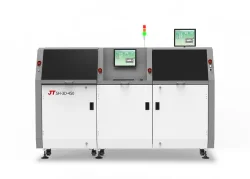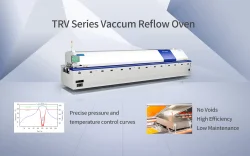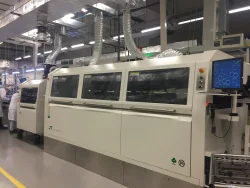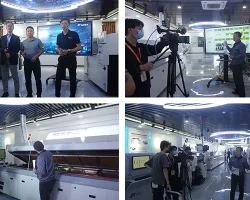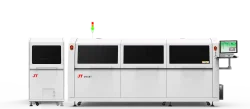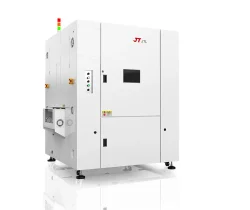2023-02-17
As an improvement over the manual insertion technique, auto insertion was created. AI machines are ideal for mass manufacturing because of their excellent output quality and productivity. Three different sorts of processes—Jumper Wire, Radial, and Axial—make up an AI operation. Contrary to all the earlier techniques, the component in this system is put into the printed circuit board by a machine.
The Auto Insertion Process
Where the volume of PCB assembly is sufficient to warrant the six-figure equipment expenditure, automated insertion will be used. This automated component insertion machine cuts the leads, verifies the part's value and polarity, inserts the part, and secures it in place.

The clinch increases mechanical strength and guarantees that the lead and plating in the hole are in direct contact. In comparison to manual insertion, when pieces are loose until soldering, this results in a more reliable solder union.
Types of Auto Insertion
As mentioned above, it has three main types as follows:
1. Jumper Wire Insertion
With the use of jumper wires, printed circuit boards and electronic assemblies may be repaired or modified to ensure perfect electrical continuity between two sites. The goal of this approach is to provide the groundwork for adding jumper wires later on while making repairs or modifications. The methods and recommendations are based on customary business and professional procedures.
2. Radial Insertion
Radial-led through-hole components are pulled from reels and fed into dispensing heads, which cut the component from the reel and attach it to the chain in the order of insertion. This process is known as radial inserting. The component is carried to a component transfer assembly behind the insertion head, moved there, and then placed into the board as the leads are cut and bent in the opposite directions beneath by a clinch assembly.
3. Axial Insertion
Axial lead through-hole components are taken from reels and fed into dispensing heads, which cut the parts onto a chain in the order of insertion. The components are then transferred from the sequence chain to the insertion chain, which brings the component underneath the insertion head, which then cuts the component's leads to the proper length for lead length and insertion span, bends the leads 90 degrees, and inserts the component leads into the board while a clinch assembly is taking place.
Benefits of The Auto Insertion Process
The user receives benefits including consistent product quality and quantity, high throughput and efficiency, and automatic inventory management thanks to complete automation of the component insertion/placement procedure. These elements also contribute to lower labor costs, less rework, and an improvement in the production process.
Automatic component insertion systems provide a constant output volume and let the user regulate the output quality thanks to online test and verification systems. Therefore, it is believed that speed and quality are the two main advantages provided by both automated insertions of leaded components and surface-mount placement methods.
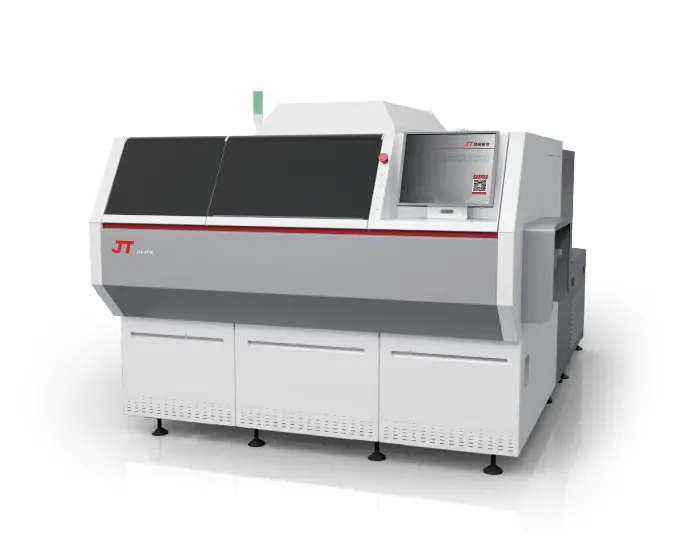
Conclusion
Due to automation and machines, printed circuit boards are now simpler to mass create and assemble thanks to the quick advancement of technology. If you are facing problems and need a solution regarding this, you can also come to us.
Shenzhen JT Automation Equipment Co. Ltd. was founded in 1997 and reorganized as a joint-stock company in 2004.It presently integrates R&D, manufacturing, and sales as a local producer and provider of specialized equipment.
Unlock the Secrets of Accurate 3D Solder Paste Inspection for Enhanced quality control
The Ultimate Guide to Wave Machines: How They Work and What are the benefits
